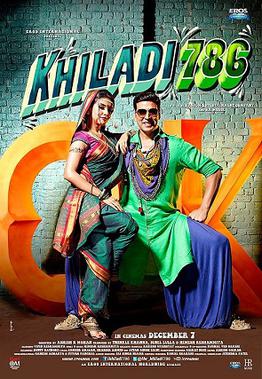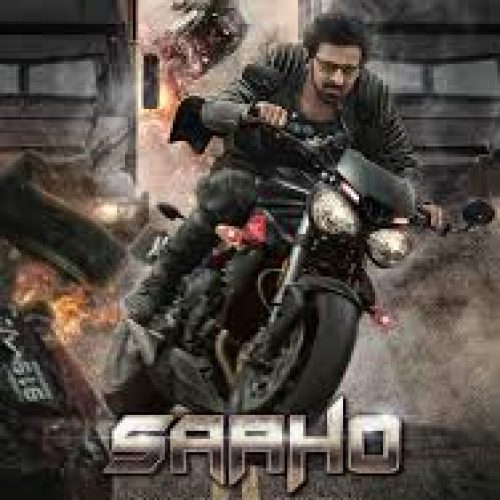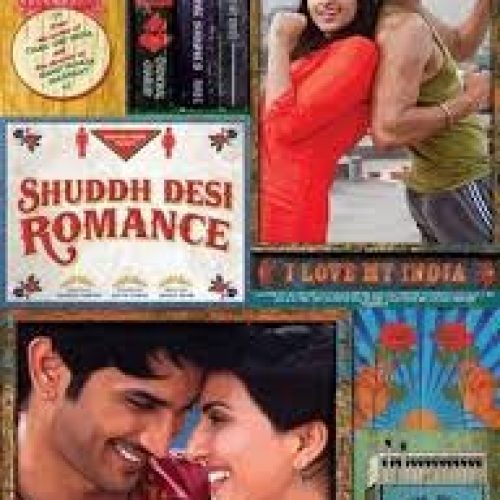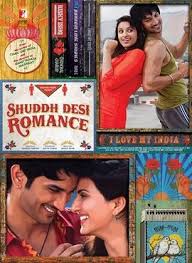In a world constantly connected yet often feeling isolated, Kho Gaye Hum Kahan brings a refreshing take on modern relationships and the digital age. Starring Siddhant Chaturvedi, Ananya Panday, and Adarsh Gourav, the film is set in contemporary Mumbai and follows the lives of three friends navigating love, career, and the growing divide between the virtual and real worlds. It falls under the genre of drama, but with a deep emotional undertone that speaks to the struggles of today’s youth.
The story revolves around a trio of friends—each with their own aspirations, insecurities, and evolving relationships. Siddhant plays Arjun, an aspiring artist trying to find his place in a world where success is measured in likes and followers. His close-knit group of friends, including Ananya’s character Tara, a social media influencer, and Adarsh’s character Aman, who is battling his own insecurities, find their lives entangled in a whirlwind of emotions as they navigate a world increasingly defined by digital identities. The film explores how the constant need for validation online affects their friendships, ambitions, and romantic relationships, creating a disconnect between their real and virtual selves. The narrative cleverly weaves this modern dilemma into a deeply personal and relatable story, without revealing too much about where their journey takes them.
One of the standout elements of the film is the acting, particularly Siddhant’s portrayal of Arjun. His performance is nuanced, capturing the inner turmoil of a young man grappling with the pressures of modern life. Siddhant’s ability to convey vulnerability without overt dramatization makes his character relatable. His scenes with Ananya, who plays the ambitious and often conflicted Tara, are especially well done, with both actors complementing each other’s energy. Ananya brings a fresh and authentic vibe to her role, portraying the double-edged sword of fame in the age of Instagram with ease. Adarsh, though playing a quieter role, delivers a strong performance, grounding the film with his understated yet emotional portrayal of Aman.
The direction by Arjun Varain Singh is sharp and introspective. He captures the essence of youth in the digital age without resorting to stereotypes. The film has a contemplative pace, allowing viewers to immerse themselves in the characters’ internal struggles. The editing is tight, ensuring the film doesn’t lag, even as it deals with quieter, more reflective moments. The transitions between real-world interactions and the digital space are seamless, adding a layer of complexity to the narrative. The film often uses split screens and text overlays to show the characters’ parallel digital lives, a technique that helps highlight the gap between perception and reality.
Cinematographically, the film is a visual treat. The vibrant streets of Mumbai contrast beautifully with the more intimate indoor scenes, giving the movie a dynamic visual range. The shots are carefully composed to reflect the internal worlds of the characters, whether it’s the cluttered chaos of Arjun’s workspace or the sterile, curated perfection of Tara’s influencer life. The use of lighting also plays a key role, with soft, natural tones during personal, emotional scenes and brighter, artificial lighting during moments of digital interaction, enhancing the film’s thematic exploration of authenticity versus artificiality.
The soundtrack deserves special mention. The music, composed by an eclectic mix of contemporary artists, perfectly captures the film’s mood. The songs, while catchy, also carry a depth that reflects the emotional landscape of the characters. Tracks like “Kho Gaye Hum Kahan,” which is used during pivotal moments, feel like an extension of the characters’ emotions, blending seamlessly into the narrative without overwhelming the story. The background score is minimal but effective, helping to accentuate the film’s more contemplative moments.
Beyond the stellar performances and direction, the film’s themes resonate deeply. The exploration of identity in the digital age is timely and relevant, with the film posing poignant questions about how much of ourselves we lose in the quest for virtual validation. The dynamic between the friends, particularly as they begin to drift apart due to their diverging life paths, is handled with care, offering an authentic portrayal of modern friendships and the loneliness that often accompanies them. The film doesn’t shy away from showing the darker side of the digital age—alienation, anxiety, and the erosion of meaningful connections—but it does so without feeling preachy.
Kho Gaye Hum Kahan strikes a perfect balance between entertainment and introspection. Its exploration of modern-day relationships and identity in the digital world feels incredibly relatable and timely. The strong performances, especially by Siddhant and Ananya, anchor the film, while the direction and music elevate it into something more than just a coming-of-age story. The film’s pacing, emotional depth, and visual storytelling make it a must-watch for anyone looking for a thoughtful yet engaging drama.
If you’re someone who enjoys films that make you reflect on your own life and relationships, this one is definitely worth the watch. It manages to capture the essence of what it feels like to be lost in an age of constant connectivity, all while delivering a visually stunning and emotionally resonant cinematic experience.







